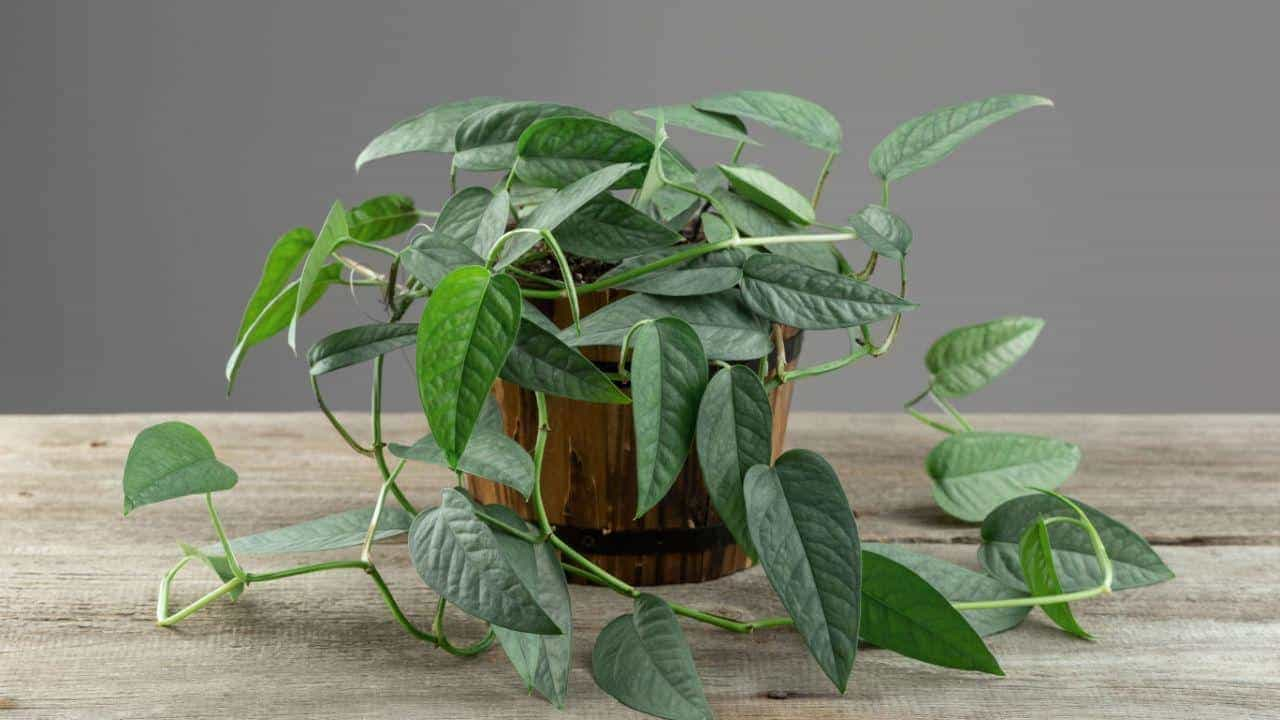Introduction:
In the pursuit of lush, eco-friendly landscapes, homeowners are turning to alternative lawn solutions that offer both beauty and sustainability. Among these alternatives, clover lawns have emerged as a popular choice, thanks to their vibrant greenery, low maintenance requirements, and environmental benefits. In this comprehensive guide, we delve into the allure of clover lawns, exploring their history, cultivation, ecological advantages, and tips for creating and maintaining a thriving clover lawn that enhances the beauty of your outdoor space.
A Brief History:
- Clover lawns have a long history dating back centuries, with clover being one of the first plants intentionally sown by humans for its myriad benefits. In traditional agriculture, clover was valued for its ability to enrich the soil with nitrogen through nitrogen fixation—a process wherein symbiotic bacteria in the clover roots convert atmospheric nitrogen into a form usable by plants. Over time, clover lawns became popular for their resilience, adaptability, and ability to thrive in a variety of climates and soil conditions. Today, clover lawns are experiencing a resurgence in popularity as homeowners seek sustainable alternatives to traditional turf grass.
Cultivation and Establishment:
- Establishing a clover lawn is a relatively simple process that requires minimal effort and resources. Here are the key steps to creating a thriving clover lawn:
- Site Preparation: Begin by preparing the site where you plan to sow the clover seeds. Remove any existing grass or weeds, and loosen the soil to ensure good seed-to-soil contact.
- Seed Selection: Choose a high-quality clover seed blend suitable for your climate and soil type. Common varieties include white clover (Trifolium repens) and micro clover (Trifolium repens var. Pipolina), both of which offer excellent coverage and resilience.
- Seeding: Broadcast the clover seeds evenly over the prepared soil, either by hand or using a seed spreader. Lightly rake the seeds into the soil to ensure good seed-to-soil contact, then water gently to moisten the soil.
- Establishment: Keep the seeded area moist until the clover establishes, typically within 2-3 weeks. Once established, clover lawns require minimal watering and maintenance compared to traditional turf grass, making them an ideal choice for low-maintenance landscapes.
- Ecological Benefits: Clover lawns offer a host of ecological benefits that make them a sustainable choice for environmentally conscious homeowners. Some of the key advantages include:
- Nitrogen Fixation: As mentioned earlier, clover has the unique ability to fix atmospheric nitrogen, enriching the soil and reducing the need for synthetic fertilizers. This natural fertilization process promotes healthy plant growth and reduces nutrient runoff, benefiting both the environment and the surrounding ecosystem.
- Drought Tolerance: Clover is well-adapted to drought conditions, thanks to its deep root system and ability to withstand periods of dry weather. Unlike traditional turf grass, which often requires frequent watering to maintain its lush appearance, clover lawns can thrive with minimal irrigation, conserving water and reducing water consumption.
- Pollinator Habitat: Clover flowers are rich in nectar and pollen, making them a valuable food source for bees, butterflies, and other pollinators. By incorporating clover into your lawn, you can create a welcoming habitat for these essential pollinators, supporting biodiversity and ecological resilience in your garden.
- Weed Suppression: Dense clover coverage inhibits the growth of weeds, reducing the need for herbicides and manual weed control methods. This natural weed suppression not only saves time and effort but also promotes a healthier, more resilient lawn ecosystem.
Maintenance and Care:
- Maintaining a clover lawn is easy and requires minimal effort compared to traditional turf grass. Here are some tips for keeping your clover lawn healthy and vibrant:
- Mowing: Clover lawns typically require less frequent mowing than turf grass, thanks to their slower growth rate and lower stature. Maintain a mowing height of 2-3 inches to promote dense, healthy growth and discourage weed encroachment.
- Fertilization: In most cases, clover lawns do not require additional fertilization, thanks to their nitrogen-fixing abilities. However, if soil tests indicate nutrient deficiencies, you can top-dress the lawn with compost or a balanced organic fertilizer to promote healthy growth.
- Watering: Clover lawns have excellent drought tolerance and require minimal watering once established. Water deeply and infrequently to encourage deep root growth, and avoid overwatering, which can promote disease and pest problems.
- Weed Control: Regularly inspect your clover lawn for weeds and remove any unwanted growth by hand. Mulching around the perimeter of the lawn can also help suppress weed growth and maintain a tidy appearance.
Conclusion:
Clover lawns offer a sustainable and environmentally friendly alternative to traditional turf grass, providing beauty, resilience, and ecological benefits for homeowners and the environment alike. By embracing the beauty and benefits of clover lawns, you can create a lush, low-maintenance landscape that enhances the natural beauty of your outdoor space while promoting biodiversity and ecological resilience. Whether you’re looking to reduce your environmental footprint, conserve water, or support pollinators, clover lawns offer a green solution that reflects your commitment to sustainable living and environmental stewardship.





